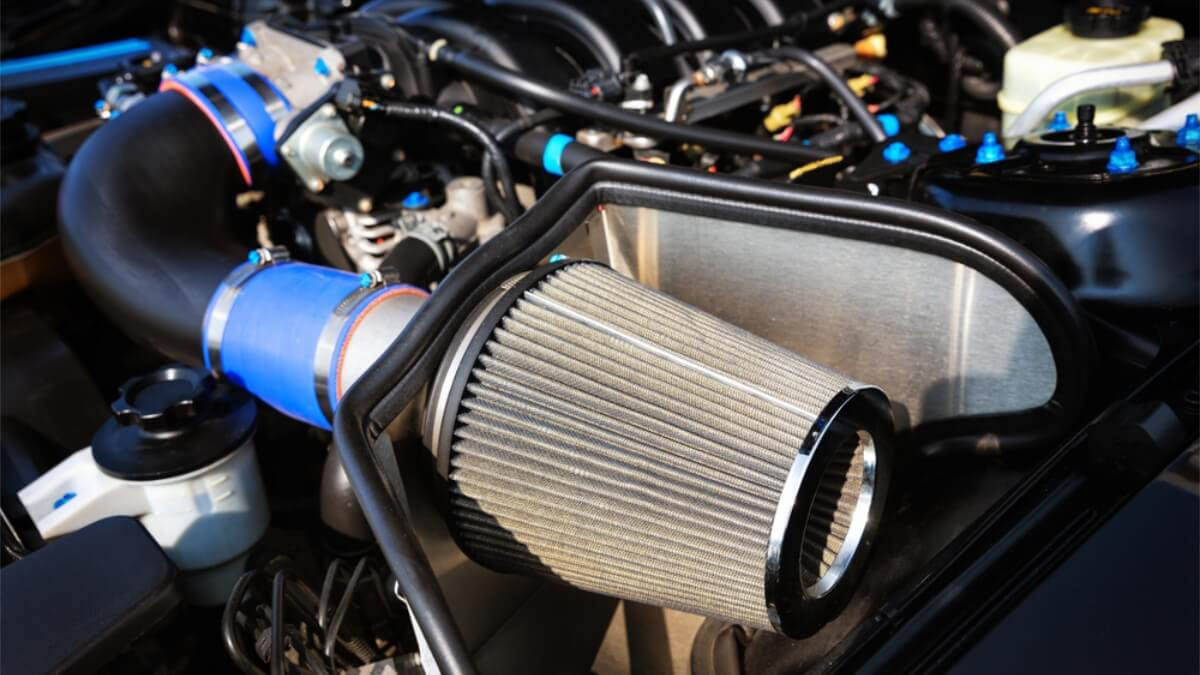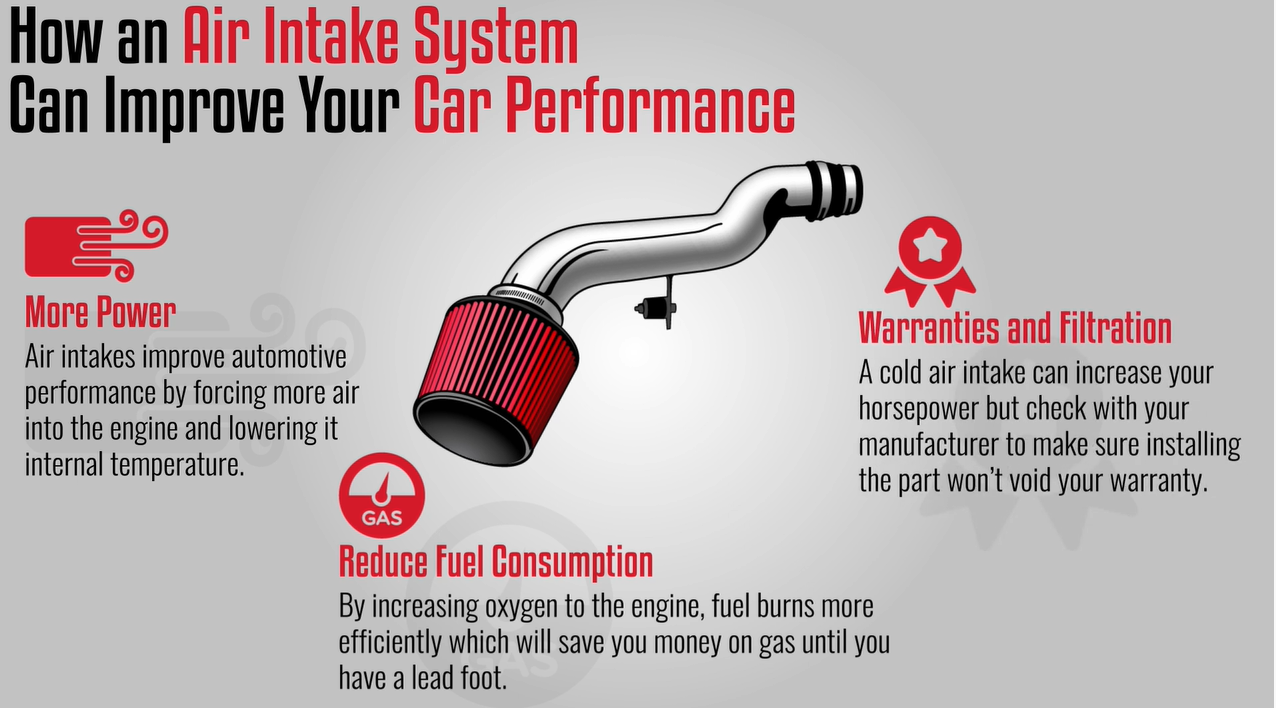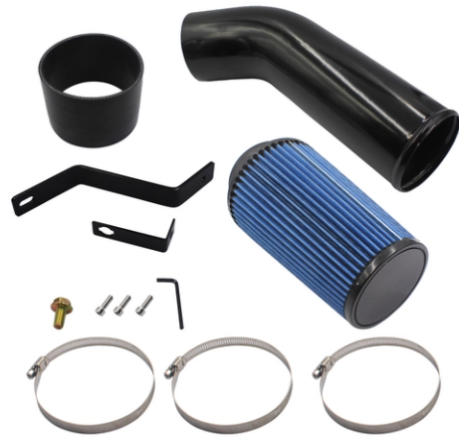
While some modifications fall in a higher price range, others come at a modest price. There are some performance-enhancing components you can have installed on your vehicle that will not break the bank.
One of these modifications is the addition of a cold air intake system. This aftermarket system can add a boost to your vehicle's performance and, when combined with other modifications, can create a more efficient system.
What is are cold air intakes?
A cold air intake is an inexpensive performance modifier that increases air flow to your engine. It is installed on the outside of the engine compartment as opposed to the inside like factory-installed systems.This placement means that cooler air can be sucked into the engine. Cooler air creates a better flow of oxygen which in turn creates more power.
A cold air intake system increases air flow because it does not require a boxed-in structure. The absence of a box, plus a larger diameter tube design, provides a smoother flow of air than a factory-installed intake.
Does a cold air intake system increase performance?
The best way to explain a cold air intake system is to think of your car's engine like a pair of lungs. In order to make power, the cylinders have to inhale air to create the explosion that produces wheel-turning horsepower and torque. Since cold air contains more oxygen molecules than warm air, injecting a higher volume of oxygen-rich air into the cylinders allows the engine to burn fuel more completely during the combustion cycle. This "combustion efficiency" results in an increase of horsepower and torque, using roughly the same amount of fuel.
Put simply, if you add oxygen to a fire, you get a stronger fire. SPELAB cold air intake systems are designed to deliver more oxygen-rich cold air into the engine than a stock air intake tract. This results in a stronger 'explosion', which contains more force to push the piston down and turn the crankshaft. That extra energy/power is then transferred to the transmission and out to the wheels.

It will also help to make your vehicle more fuel efficient as well. Because the intake alters the air-to-gas ratio of your engine, it will take less fuel to power your vehicle.
When combined with other performance modifiers, such as a custom exhaust system, a cold air intake system will create a very noticeable difference in your vehicle's performance.
What should I consider when installing an cold air intake system?
Before you have a cold air intake system installed, you may want to verify whether or not your engine is still under warranty. Since this modification involves altering the engine, it may void the engine manufacturer's warranty.Also, because a cold air intake system is installed on the outside of the engine with no cover, there is a risk of exposure to water. The intake could potentially suck in water during extreme conditions and suffer damage. The addition of a bypass valve may rectify this risk.
A bypass valve is a component designed to shit down the air filter in the event it is submerged in water. Air is then rerouted through the valve to keep water out and air flowing in.
How is a cold air intake system installed?
Installing a cold air intake system is not a difficult job and can be easily done by a certified mechanic.

When you have a cold air intake system installed by a professional, they will first remove the old air intake system. Next, they will install couplings and clamps to the throttle body. After they slide the new intake into the couplings and tighten them, the air flow sensor will be plugged into the new cold air intake system.
Get a cold air intake system for your car and increase your vehicle's performance today.









